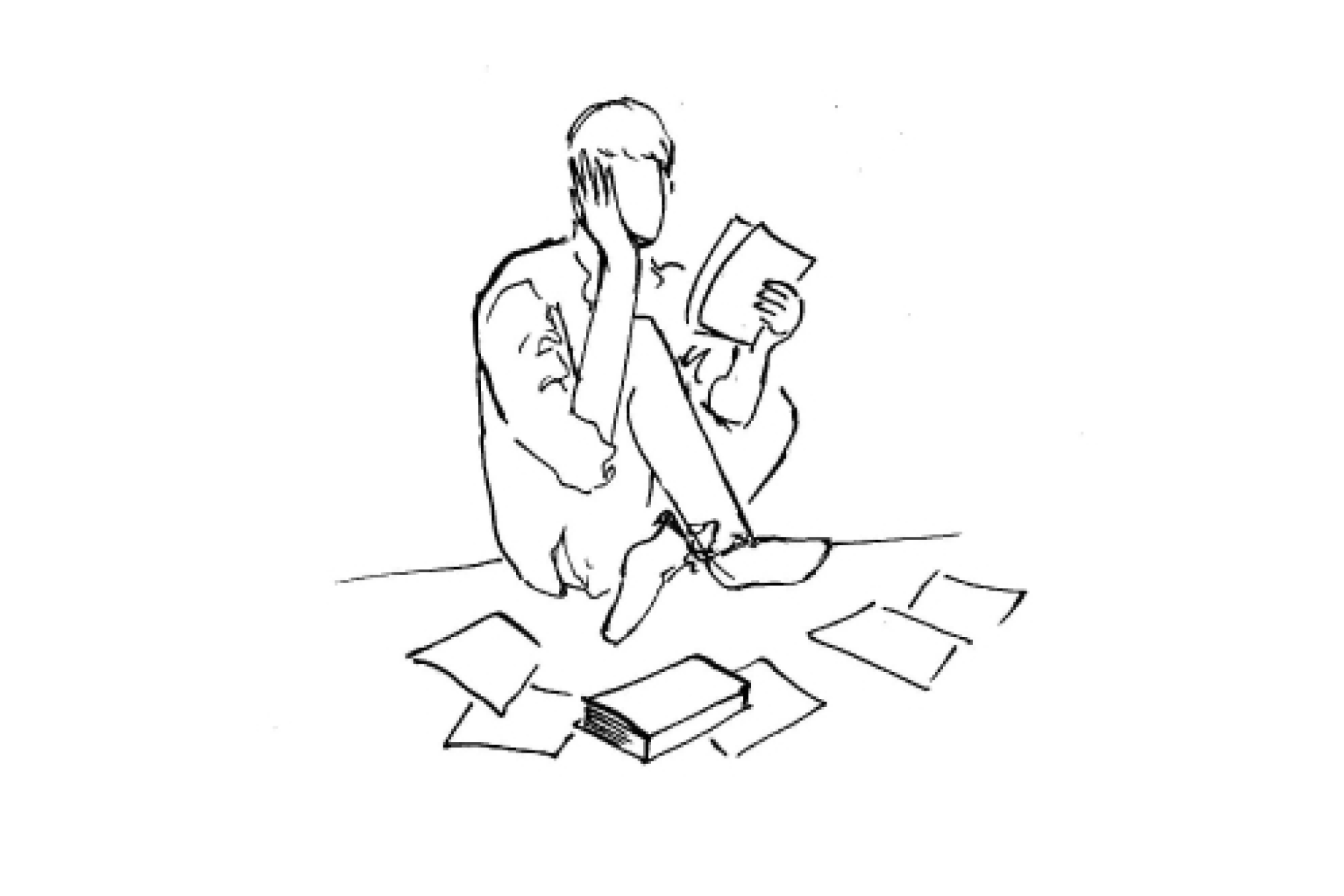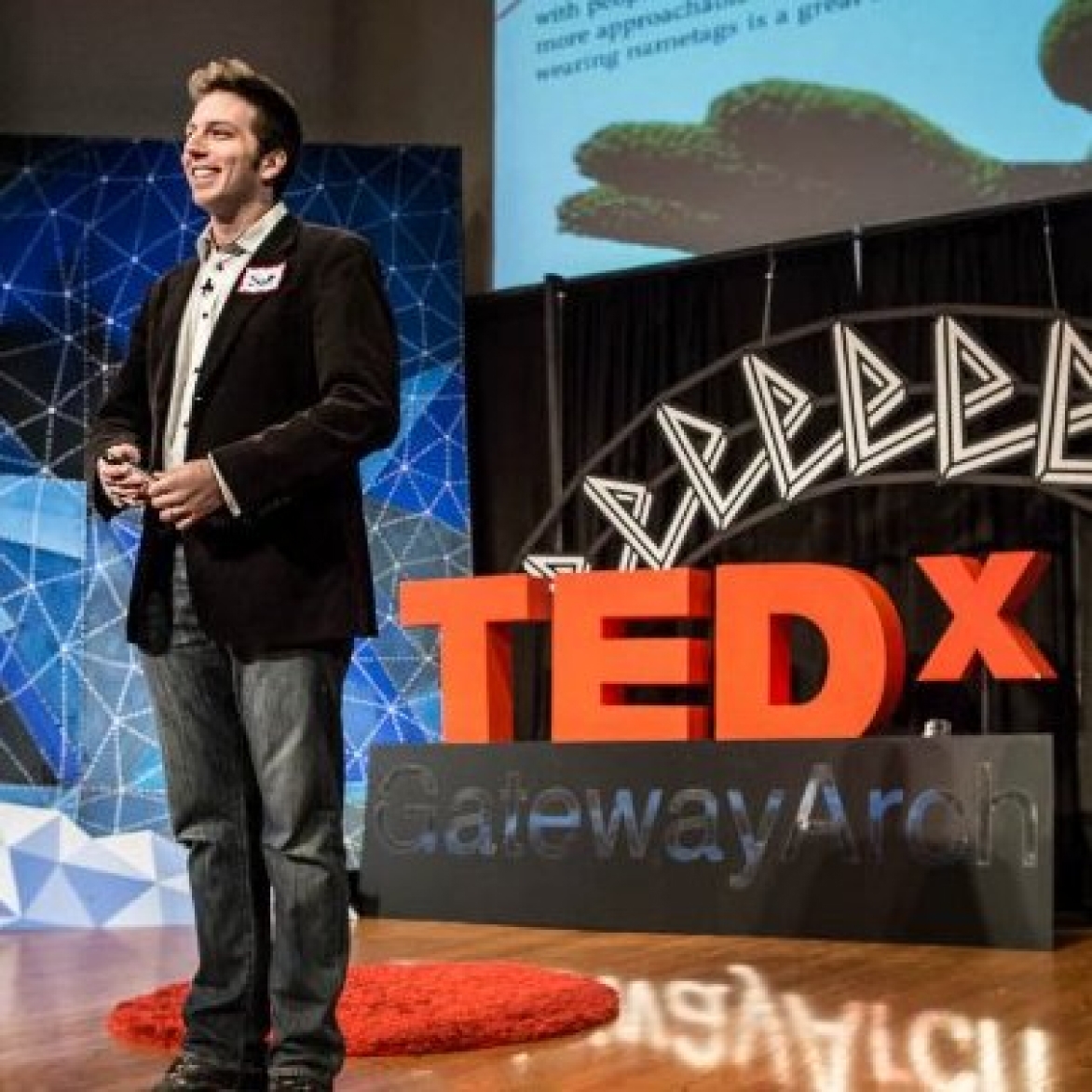
The Context
Carlin said that the material for his comedy specials came together the way galaxies did. They naturally clumped, simply because they were related, like an extended family of ideas around a general topic. And over time, they would become parts that fit and functioned together, which then gradually formed into a cohesive work. No wonder he wrote bestselling books, produced dozens of comedy albums, performed fourteen cable television specials and appeared on the tonight show hundreds of times. George's big secret to being prolific was having a patient, organic, incremental process. The exciting part is, any of us can create similar results with our own work. We can train ourselves to engage the organizational part of our brain more frequently and effectively in the service of our creative goals.
The Tool
Flooring
FLOORING -- Corral the entirety of your project to be viewable in a single frame
Galaxy is an appropriate visual for the task of information management, which often feels like you're hurling through turbulent storms of complexity. All the more reason to get away from your screen and spread onto a bigger surface. Doing so makes it easy to recognize patterns in a mass of information. Ask yourself, which of my ideas belong to the same family? If you patiently persist with this question, your curiosity will slowly start to carve out a path of beauty and order through all the chaos. And it's like magic when this happens. Ideas start to take on a life of their own. The delicate yet dynamic union of disparate elements shows you how to compartmentalize all the random shit running through yours and other people's brains, clearing the path for insight to emerge. But it takes time. Could be hours, days or weeks. Sometimes you have to leave your work sitting around, if only to let the information breathe. Good news is, doing so often provides you with the patterns and concepts you need to solve the creative problem. By leaving your work out in the open, it's easier to uncover the organizing principle of the project, which is the core assumption, central reference point or guiding pole, which governs action and allows everything else in its proximity to derive value.

Scott's Take
One strategy that's helped me for many years is spreading out my ideas on the floor and on the wall. Index cards, sticky notes, scraps of paper, random ideas, reference materials, whatever pieces of information feel like they might help solve my creative problem, they're all included without judgment. Like an extended family. Not in any special order, though. The ideas are corralled just enough so the entirely of the project is viewable in a single frame. Read that last line again, because this part is crucial. When you're dealing with a complex idea that has a lot of moving parts and assumptions and stakeholders, you need to make it as easy as possible to stay with the overarching intention of your work. In my experience as an entrepreneur and an employee, having published books, written curriculums and restructured company processes, being able to encapsulate the whole enchilada in one snapshot is massively useful. It breeds focus and calm. Plus it makes your idea easier to share. That's another advantage of working on the floor and on the wall. Collaboration with team members is more effective. Because now your project is coming alive in three dimensions, rather than being trapped on a boring, flat, shared document on a screen. Now there is a kinesthetic and tactile energy force that could never exist on a computer that expands and infects all participants, making your project more interactive and easier to modulate. Every idea is movable and fluid and can be rearranged when new information comes to light. It's just a more enjoyable way to take someone through a complex topic.
The Rest
Flooring is not the most glamorous part of the creative process, but your ability to stick with the problem long enough to get beyond shallow answers and uncover the real juice, it pays off in the long run. Just like the comedy legend himself, you too can become prolific by employing a patient, organic, incremental process. And that's not joke. How will you engage the part of your mind that is exceedingly capable of dealing with complexity?
The Benefits
Allow everyone to contribute to and interact with content
Speed up the visualization process of evaluating ideas together.
Synthesize complex data into winning deliverables that tell persuasive stories
Emotionally invigorate your team so you’re more inclined to take further action
Use the persistence of information so you don’t have to generate energy from scratch each time you sit down to work